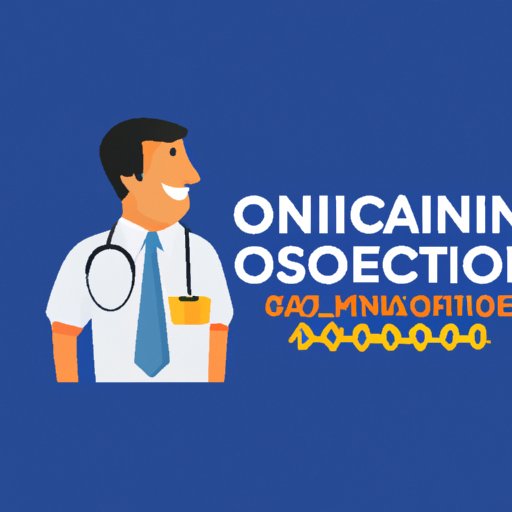Introduction
Orthodontics is a branch of dentistry that focuses on treating and preventing dental irregularities. An orthodontist is a dentist who specializes in correcting the alignment of teeth and jaws. This article explores the schooling needed to become an orthodontist, as well as the professional development and benefits associated with this profession.
Requirements for Becoming an Orthodontist
Becoming an orthodontist requires a significant amount of schooling and training. The first step is to get a bachelor’s degree from an accredited college or university. After graduating from college, aspiring orthodontists must attend an American Dental Association (ADA)-accredited dental school for four years. During these four years, students will take courses in biology, anatomy, physiology, pathology, pharmacology, and other related topics. In addition to classroom learning, students will also gain hands-on experience through clinical rotations.
After graduating from dental school, prospective orthodontists must complete a two- to three-year residency program in orthodontics. During the residency, orthodontic residents will gain additional knowledge and experience in the diagnosis and treatment of dental irregularities. After completing the residency program, orthodontists must then pass two sets of exams—the National Board Dental Examinations and the American Board of Orthodontics (ABO) examinations—in order to be certified as an orthodontist.

Professional Development After Becoming an Orthodontist
Once an orthodontist has been certified, they must maintain their credentials by participating in continuing education programs. These programs may include lectures, seminars, and workshops, which are designed to keep orthodontists up-to-date on the latest developments in the field of orthodontics. Additionally, orthodontists can join professional organizations such as the American Association of Orthodontists (AAO), which provides members with access to resources, networking opportunities, and continuing education credits.

Benefits of Pursuing a Career as an Orthodontist
Pursuing a career as an orthodontist can provide many benefits. One of the primary benefits is financial stability. According to the Bureau of Labor Statistics, the median annual salary for orthodontists in 2019 was $208,000. Furthermore, orthodontists enjoy job security since demand for their services is high and there is a constant need for qualified orthodontists.
In addition to the financial rewards, orthodontists also experience personal satisfaction from helping patients achieve a healthy, beautiful smile. As an orthodontist, you have the opportunity to make a positive impact on people’s lives. Seeing the results of your hard work and dedication can be incredibly rewarding.
Conclusion
Becoming an orthodontist requires a significant amount of schooling and training. In addition to the educational requirements, orthodontists must also participate in continuing education and join professional organizations in order to maintain their credentials. The rewards of pursuing a career as an orthodontist are numerous, including financial stability, job security, and the personal satisfaction of helping people achieve a beautiful smile.
(Note: Is this article not meeting your expectations? Do you have knowledge or insights to share? Unlock new opportunities and expand your reach by joining our authors team. Click Registration to join us and share your expertise with our readers.)
